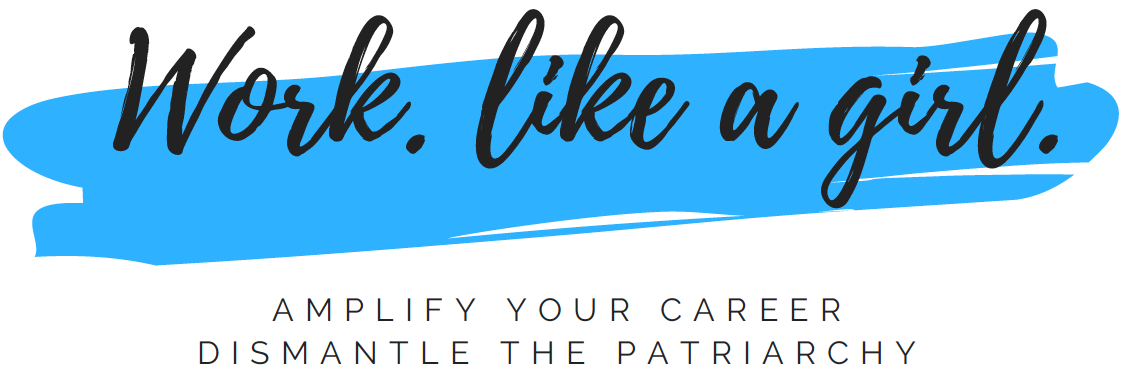I’m scared my female employee will become emotional if I address her performance.
To some reading this statement, the idea is crazy. Women are the same as anyone else. Just tell me if there is an issue. But as an executive coach, I hear this statement over and over. In fact, a recent survey showed that men are scared to do even normal tasks with women in their office, such as go to lunch, or be alone in an office with a closed door. How are women to learn, grow, and rise if they cannot engage with decision makers in simple tasks? And today, the majority of decision makers are still men.
Let’s Clarify the Issue
Women receive more critical subjective feedback during reviews than their male peers. What’s more interesting is how the same issue is presented in a difference light depending if the individual is male or female. “Analysis paralysis” for a female is perceived as “careful consideration” by a male employee. Bias is the crux of the issue, not merely subconscious gender bias, but also confirmation bias. If we believe that men are better with numbers, or women are overly-emotional during negotiations, we will look for all the evidence (no matter how mundane or small) to confirm our presumed outcome, and block out anything that contradicts our assumptions. Thoughts do become things, and in this day and age, our collective thoughts have manifested into a glass ceiling and a wage gap.
Understanding we all – both men and women – have pre-existing beliefs about the behavior and performance of the sexes is Step 1. Step 2 requires actions. Observe your beliefs and assumptions, and ask for feedback from reports. Do I hold different standards for different employees? If so why? Ask employees for feedback. Ask fellow managers if your style and standards are consistent. This step is simple but not easy. When we look internally we never know what we’ll find. But without introspection, we’ll never grow.
State of the Union
More critical subjective feedback is one reality with regard to reviews. The other is what comes next. Data shows that while women do receive critical feedback, they do not receive actionable steps to address and correct behavior. Even when women do something well, the feedback is vague. If Janet did a great job on the Simpson account, but Bill increased sales by 6% during Q1, who are you going to promote? And maybe that’s why when women do succeed, it is often attributed to luck, or guidance from elsewhere. Let’s not forget, Janet had a great mentor. Rather than Janet’s damn smart, and dedicates the time to grow both her IQ and her EQ.
Solutions
Emotions are a normal piece of the human experience, so if an employee does become emotional while experiencing feedback, feel free to ask what she (or he) is experiencing. Maybe it’s overwhelm. Maybe it’s something else. But engaging in a dialogue is the only way to know for sure. A few items to consider:
- Don’t wait. Allowing an issue to persist is a sure fire way to exacerbate the problem. Make regular, timely feedback the way you do business. Provide feedback weekly or bi-weekly, in real time, so small issues are corrected. It will be an investment in time early on, but it will pay dividends in the long run. Waiting until December to address the situation from March is is no one’s best interest.
- Sandwich the criticism. Tell an employees what is going well before tackling a performance issue. And follow it up with an additional dose of “this is going right.” As humans, we are predisposed to the negative. Assuming the worst (it’s a bear not a bunny!) kept us alive for thousands of years. It’s the way evolution wired us. Five positive experiences are required to negate one negative. Knowing this allows us to understand the impact of our words, and provide a more balanced platform for addressing a performance problem.
- Lead the employee to water. Rather than pointing a finger and screaming, you screwed up! recruit the employee as an active participant in solving a performance issue. Illuminate expectations and ask if her actions meet the goal. For example, one of my clients had a female subordinate that held a much higher standard for her female reports that her male reports. (Please note that sexism is not something men do to women, but that we all have preconceived notions about gender.) By pointing out the organization’s values, he allowed the employee to draw her own conclusion, and actively recruited her to determine the solution. By saying, “one of our organization’s values is fair action, opportunity, and inclusion. Does creating a higher standard for women versus men meet that value?” you are not assigning blame, or pointing a finger, but rather asking for introspection, and assisting with a clear plan for action. Which leads us to:
- Make the next steps actionable. Don’t merely say, this could be better. Better how? What can be done exactly. A class? A conversation, spell-check, what? Provide actionable feedback, measure it, and don’t wait more than a month before reassessing.
Women want to grow, improve, and rise, but clear conversations with detailed action items are required. Do not fear the unknown, but embrace it. If emotions do arise, it’s not a deterrent, but an opportunity to understand your employee’s perspective. You need only ask, and be open to feedback of your own.


